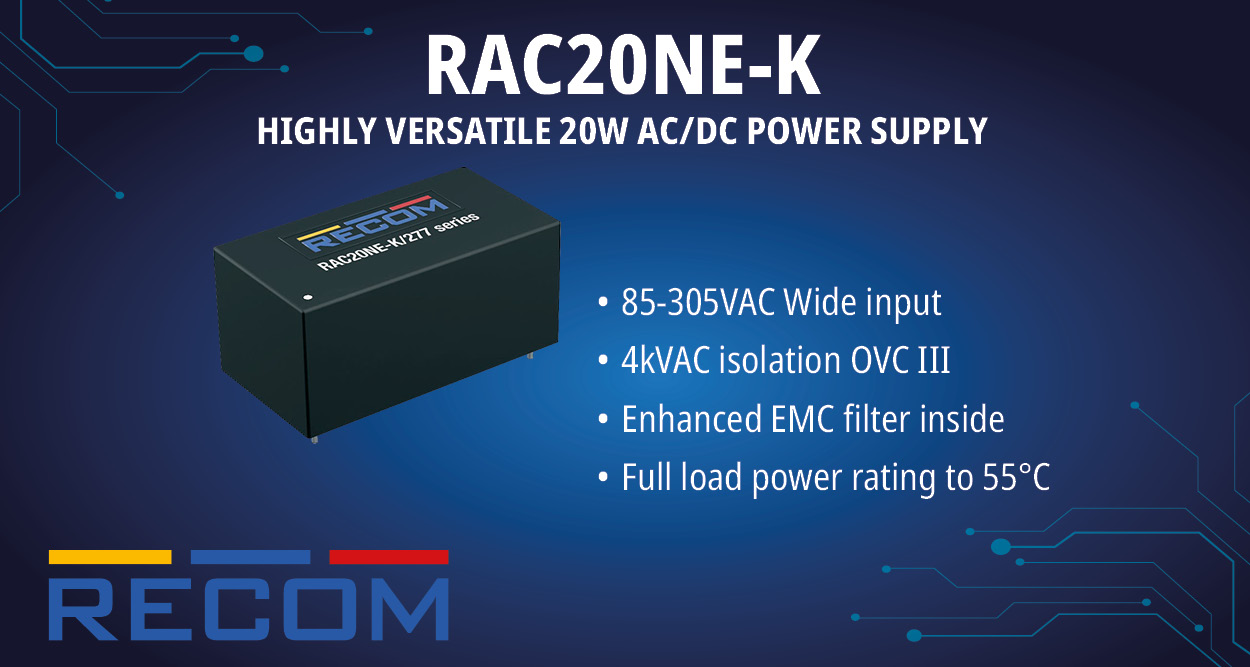Introduction
Data centers are the backbone of modern infrastructure in a digital landscape market by constant upheaval, supporting the exponential growth of data-driven technologies such as cloud computing, artificial intelligence (AI), and the Internet of Things (IoT). Modern workloads demand a data center infrastructure flexible enough to meet sudden spikes in demand. Among the innovations transforming data centers, modularity is a pivotal element, enabling unparalleled scalability. With their pre-fabricated, flexible designs, modular data centers allow organizations to expand capacity quickly and cost-effectively. In recent years, modular data centers have gained popularity among enterprises due to their usefulness. Its market has witnessed steady growth, from USD 29.93 billion in 2024 to USD 79.49 billion by 2030 with a CAGR of 17.7% during the forecast period. This article explores the critical role of modularity in data centers, emphasizing how it drives easy scalability and supports dynamic business needs.
The Rise of Modular Data Centers
Modular data centers are self-contained, pre-engineered units that integrate compute, storage, networking, power, and cooling systems into a compact, deployable package. Unlike traditional data centers, which require extensive planning, construction, and fixed infrastructure, modular designs offer a plug-and-play approach. Modularity allows organizations to add capacity incrementally, minimizing upfront costs and enabling rapid deployment to meet fluctuating demands.
The global modular data center market is expected to grow rapidly driven by the need for scalable, agile infrastructure. This growth underscores the appeal of modularity in addressing scalability challenges, particularly for industries like e-commerce, telecommunications, and edge computing. Some crucial factors that have enabled the rise of modular data center market include scalability, disaster recovery advantages and the mobility of modular data centers.
How Modularity Enables Scalability
Scalability, the ability to expand or contract infrastructure in response to demand, is a core requirement for modern data centres supporting dynamic AI workloads that require extensive training and inferencing exercises at short notice to derive competitive business advantages. Modularity enhances scalability by offering flexibility, speed, and cost-efficiency. Scalable data centers can handle increased workloads by adding resources incrementally, avoiding over-provisioning inefficiencies or the risks of under-provisioning. Scalability is a critical component of modern data center infrastructure. Modular data centers excel in this regard through several key mechanisms:
- Incremental Expansion: Modular units can be added or removed as needed, allowing organizations to scale infrastructure in lockstep with demand. This contrasts with traditional data centers, where scaling often involves costly, time-consuming retrofits or new construction.
- Rapid Deployment: Pre-fabricated modules are manufactured off-site and delivered ready for installation, considerably reducing deployment timelines. This speed of deployment is decisive when businesses need to scale quickly, such as during product launches or seasonal traffic spikes.
- Customizable Configurations: Modular data centers can be tailored to specific workloads, whether for AI, high-performance computing, storage-heavy applications, or low-latency edge processing. This adaptability ensures scalability aligns with operational requirements.
- Cost Efficiency: Modular designs minimize capital expenditure and operational costs by scaling only when necessary. Organizations avoid the financial burden of building oversized facilities that may remain underutilized.
High-Density Workloads and Cooling Innovations in Modular Designs
As data centers transform to accommodate increasingly high-density workloads, cooling infrastructure becomes a critical enabler of scalability. Modular data centers are now being equipped with advanced thermal management systems – ranging from traditional air cooling to state-of-the-art liquid cooling solutions – that effectively dissipate the heat generated by AI and HPC workloads. These environments demand precise thermal control due to the density and intensity of computation. Liquid cooling, in particular, supports GPU-intensive applications such as AI model training and simulation workloads, ensuring performance without thermal throttling. Modular architectures function much like “Lego blocks,” allowing organizations to seamlessly expand, reprovision, or swap modules based on workload requirements. Whether it’s AI inference at the edge, data analytics in the core, or rendering farms for visual computing, modular data centers can be custom-built and cooled appropriately, making them versatile platforms for handling diverse, performance-intensive operations.
Key Components Supporting Modular Scalability
Modular data centers rely on integrated components designed for scalability. These components are optimized for modularity, ensuring seamless expansion:
- Compute and Storage: Modular data centers use high-density servers and software-defined storage (SDS) to maximize resource efficiency. Virtualization allows multiple workloads to run on compact hardware, enabling modules to support diverse applications while scaling compute and storage independently.
Tyrone ProServe, developed by Netweb, plays an instrumental role in delivering an enterprise-grade scalable compute and systems management. It’s a robust server management platform that empowers IT administrators to manage complex server environments through remote access capabilities, leveraging BMC (Baseboard Management Controller), IPMI (Intelligent Platform Management Interface), and agent-based tools. With support for features like virtual KVM, remote BIOS and firmware updates, and OS deployments, ProServe enhances control, visibility, and security in dynamic data centers. It enables large-scale server management – up to 6,000 nodes – while supporting protocols such as HTTPS, LDAP, and SSH, ensuring enterprise-grade security. By integrating analytics, asset tagging, and predictive monitoring, Tyrone ProServe aligns perfectly with the goals of modern, scalable data center operations.
- Networking: Software-defined networking (SDN) provides dynamic bandwidth allocation, ensuring modules maintain high-speed connectivity as they scale. This is particularly important for distributed architectures like edge computing.
- Power and Cooling: Modular units incorporate energy-efficient power and cooling systems, such as liquid cooling or modular UPS systems, to support higher compute densities. Such systems reduce energy costs while enabling scalability.
Conclusion
Modular data centers are revolutionizing scalable infrastructure, offering a flexible, cost-effective alternative for modern workloads to traditional designs. By enabling incremental expansion, rapid deployment, and customizable configurations, modularity empowers organizations to adapt to dynamic workloads and emerging technologies. As edge computing, AI, and sustainability drive demand for agile infrastructure, modular data centers will remain at the forefront of digital transformation. By embracing modularity, businesses can build resilient, scalable, and future-ready data center ecosystems that power the digital economy.
















